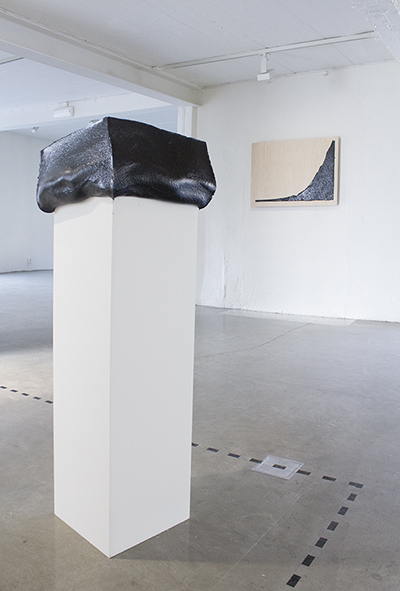R.O.M for kunst og arkitektur NOW

To build a nation
1: The Constitution
Early in the fall of 1813, when Norwegian ports again were blocked by the British Navy, due to the Danes cooperation with emperor Napoleon, the Danish King, Frederik VI, understood that the Norwegians needed some kind of encouragement not to ditch his rule for some grains of wheat. He sent his son and heir, Christian Frederik, to Norway with powers to institute a national bank and other institutions needed for the Norwegians to stand on their own two feet when cut off from Denmark. During 1813, Napoleons forces suffered several drawbacks, and after their final defeat in Leipzig, the Swedes forced Denmark to give Norway to them in february 1814. Christian Frederik then saw the opportunity to fire up the glow for independence, while maintaining the secret goal of re-uniting the two countries when the Danish crown would come his way. He gathered the Norwegian elite, and he must be given due credit for instigating the process of writing an independent constitution in Norway and laying the course towards the Norwegian State. He was elected King of Norway on the 17th of may, 1814, before his government suffered from a short span and sudden halt when the Swedish troops wiped the poorly equipped Norwegian army off the grid in august the same year. In the following negotiations, he accepted to leave Norway in return for the Swedes acceptance of the constitution, though with some minor adjustments necessary to subdue Norway. But the seed Christian Frederik planted, grew on through the ninetheent century and culminated in our detachment from Sweden and growth into a proud, independent nation.

2: The Oil
In 1965 the Norwegian state gave concession to drill for oil in the North Sea. After years of fruitless search, Phillips Petroleum finally found oil and gas on the Ekofisk field, as far south in the Norwegian sector as you get, in 1969. The heroic effort of divers and industrial workers lead to the flow of wealth trough large oil-pipes from the, untill then, largest off-shore oil-field, and the industry that this success brought with it, changed the face of Norway.
Bitumen is the name for a group of dark to black, solid or liquid hydro-carbons that can be found naturally occuring, or reffined from crude oil. Bitumen is stiff and elastic by low temperatures, while at high temperatures it becomes liquid and viscous. In the most common areas of application, bitumen has both elastic and viscous properties. In floating condition, bitumen is highly adhesive, and adheres very well to minerals. This is why bitumen is very good for asphalt-paving. The crude oil from the Norwegian finds in the North Sea are not used to produce bitumen because it does not contain enough of the heavy elements. The nation Norway though, does have access to bitumen from Statoils concessions at the tarsand fields in Alberta, Canada. And thus our roads have been paved across our proud, independent nation.




